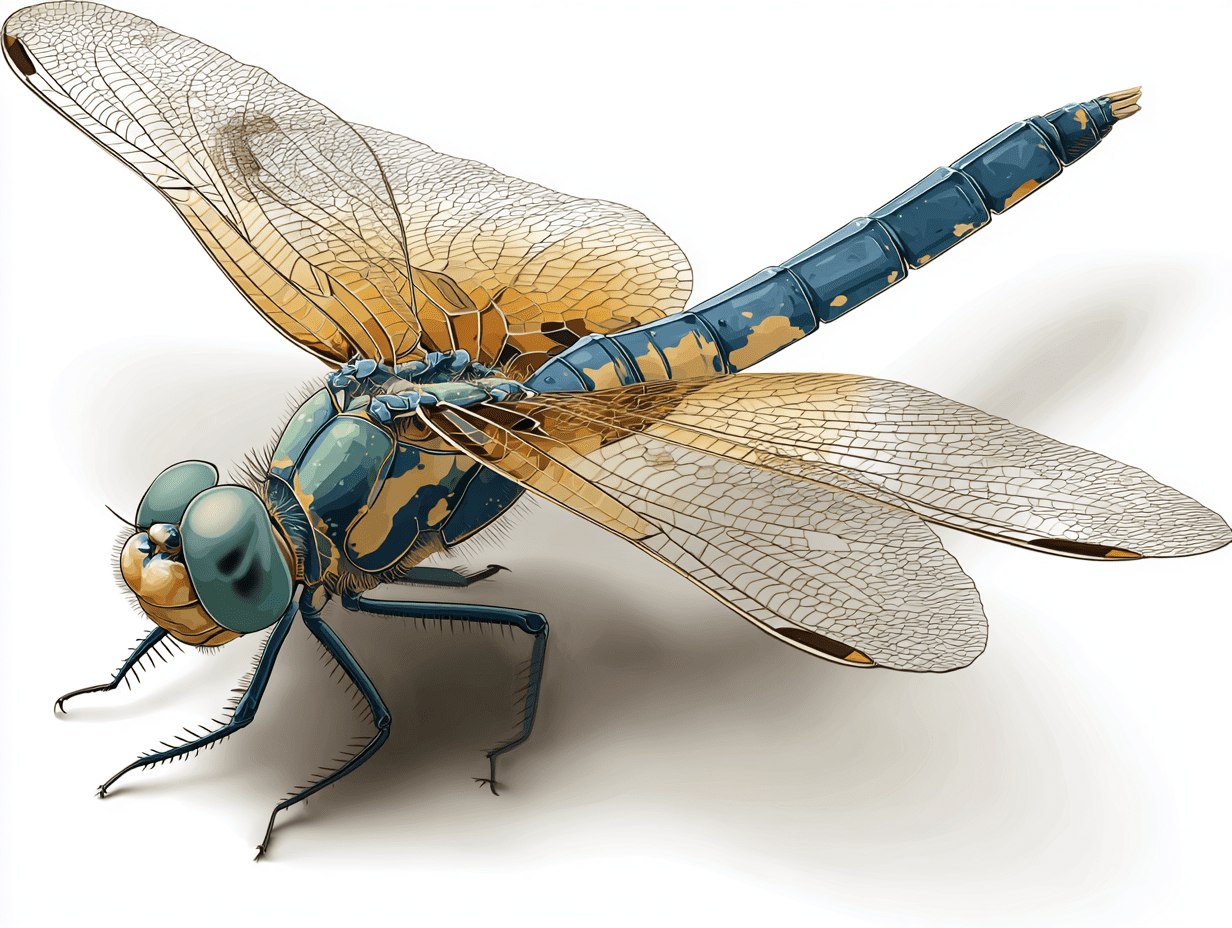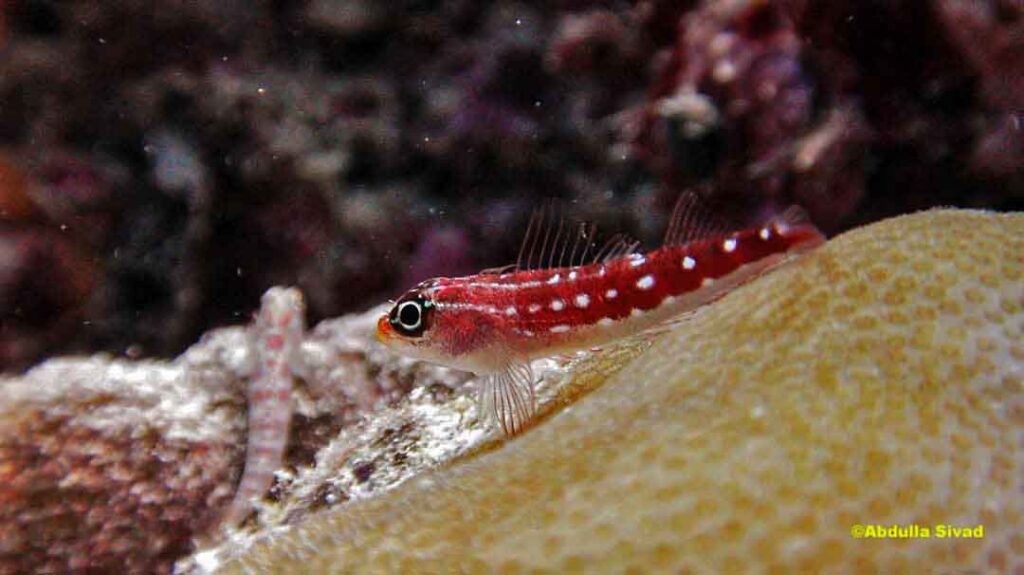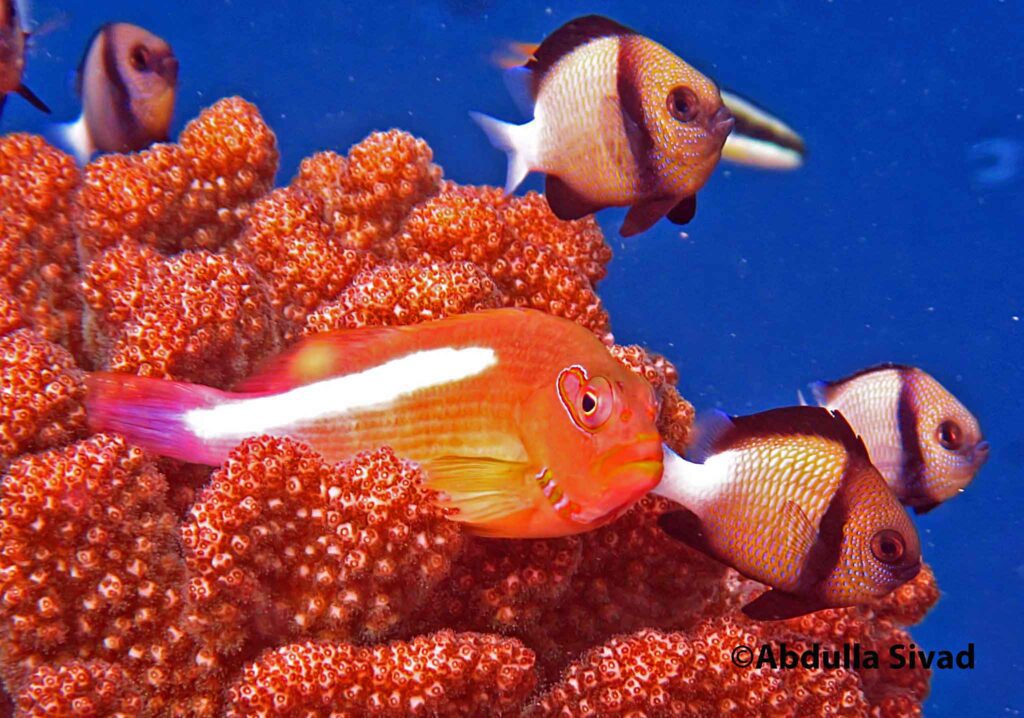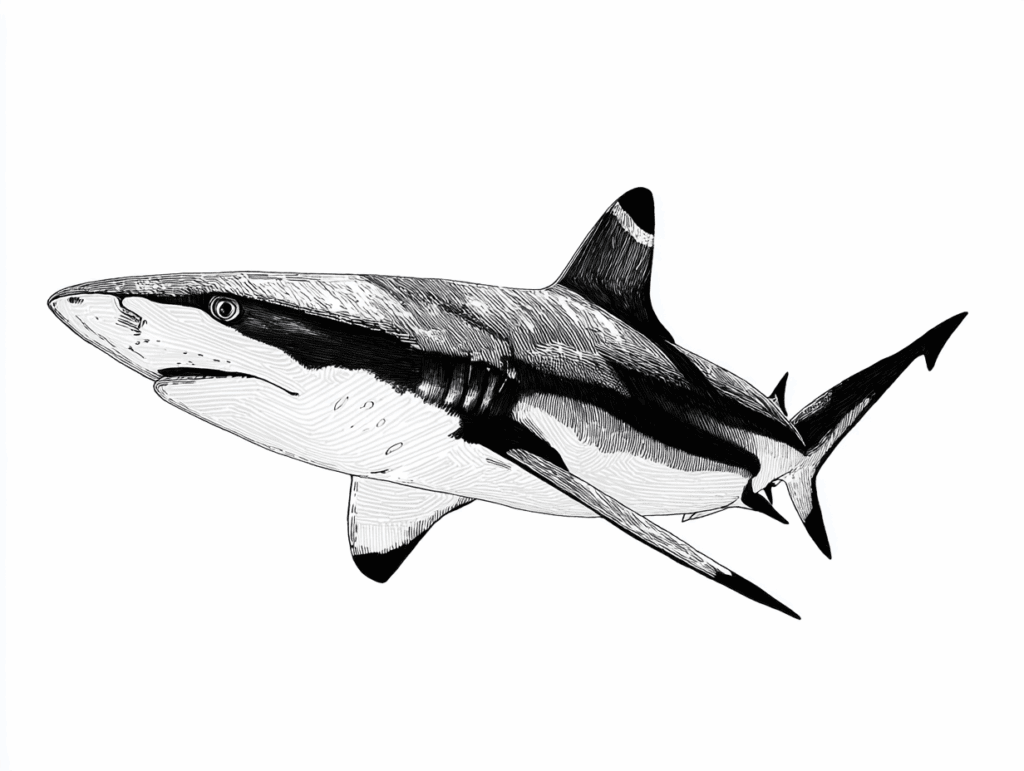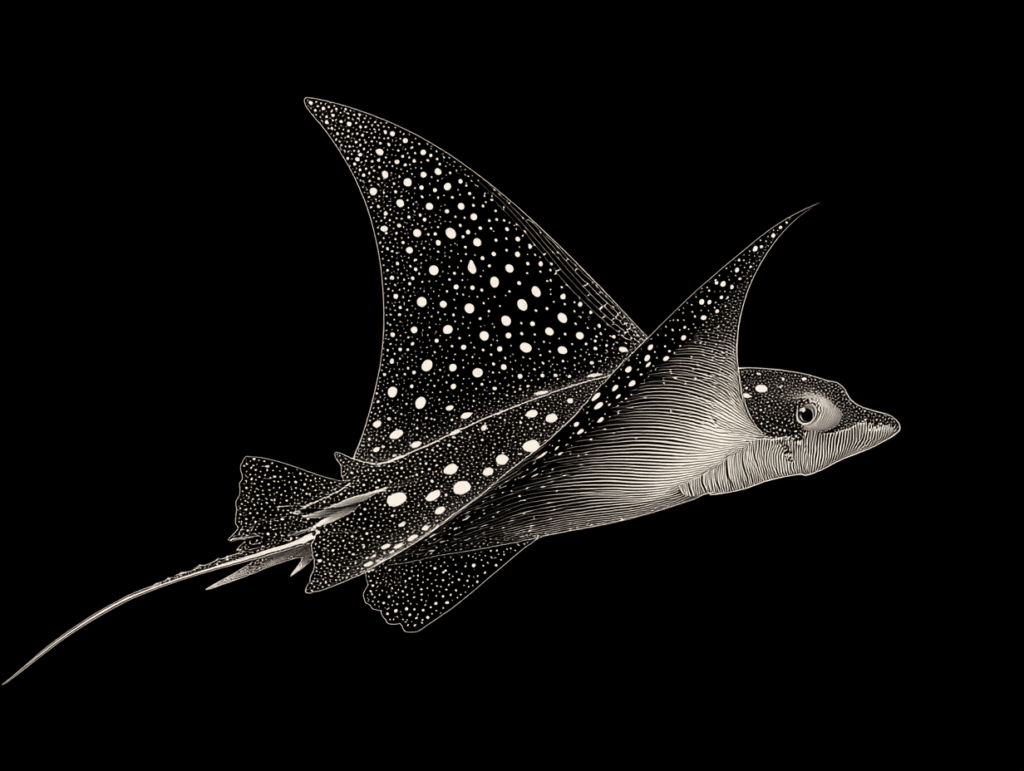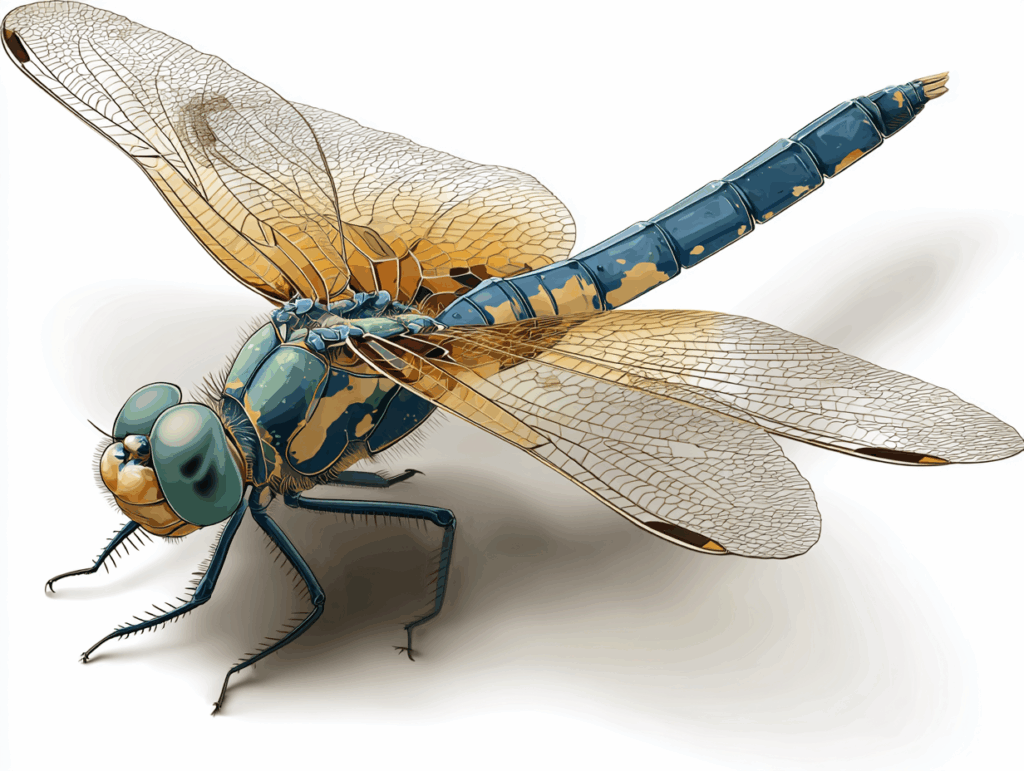
In the mid-1980s, my friend and I used to run along the main road in our neighbourhood, Finimaamagu, to catch dragonflies. We had ileyshi, which is a stem of a coconut leaf, in our hands. At the edge of the stem, there is a thin string made from banana tree fibre that we called keylniri. We also put a small dragonflyon there as bait to catch the big one.
The large dragonfly invades the entire atmosphere. To catch these beautiful species, we jumped from one wall to the next. The walls are the households’ boundary walls. For the most part, walls are about 3 feet high.
The frenzy begins around 5 to 5:30 p.m. There are swarms of dragonflies in the area above us. They hum in the middle of the road, 10 to 15 feet above the ground and hovering above the houses’ rooftops.
We catch small dragonflies first so that we can catch the bigger one. Small would be seen perched atop small trees.

In order to capture these diminutive creatures, we silently advance towards them, bending our knees nearly to the fullest and taking slow, deliberate strides. When we were sure we could catch it, we put our hand out towards it. If we were successful, we would have it in our hands.
We tied the small ones to the end of the banana fibre and walked, ran, or jumped on the boundary walls to catch the larger ones.
This story came to mind for the History and Culture section of this website. While wandering, I noticed that we do not see these insects in abundance. I looked on the internet for more information about these lovely creatures. And I came across two intriguing articles, one by the prolific British writer Daniel Bosley on his blog “twothousandisles“.
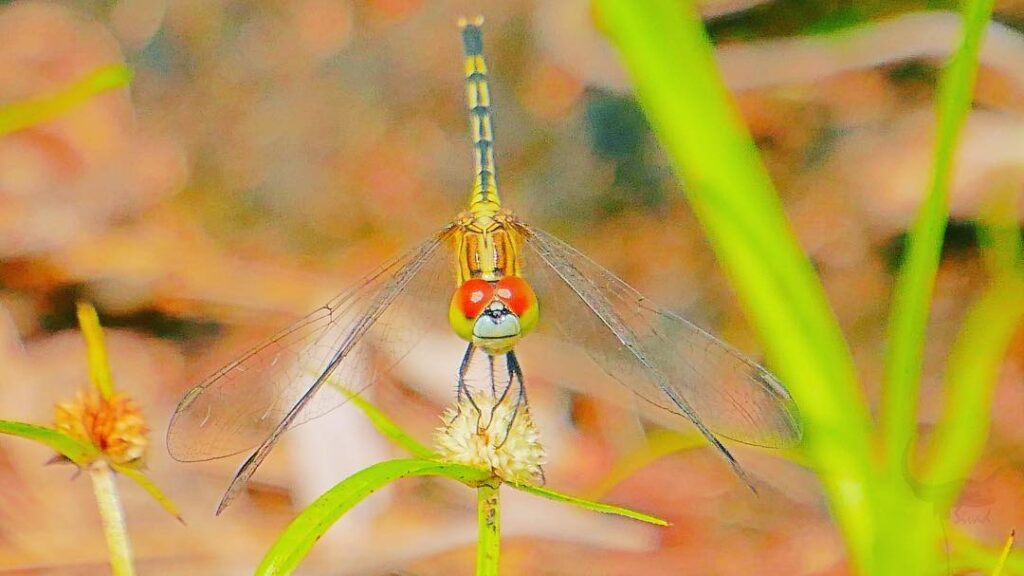
I read his article and thought he did a good job of researching this species in the Maldives. He also cited a British biologist named Dr Charles Anderson who wrote a complete report about dragonflies.
Before I write about the Charles Anderson report, I’d like to mention some important information Daniel gathered. He has identified the primary types of dragonflies as ‘Wandering Gliders’ and ‘Globe Skimmers.’ He also mentioned the Pale-Spotted Emperor, Keyhole Glider, and Blue Percher as other species he thought might be related.
In his study, Dr Charles Anderson wanted to find out where dragonflies probably came from and record how often they showed up in the Maldives each year. His research showed that the dragonflies are from India. Additionally, a second important theory suggested that these dragonflies fly high above, following the ITCZ and taking advantage of tailwinds.
And many of them travel from India to East Africa. On the way back, in May, a small group crossed to get to the Maldives. They travel in large numbers to India between June and July.
These dragonflies make a yearly trip across the Indian subcontinent and into eastern Africa. It takes four generations, which means crossing two oceans and going about 14,000 to 18,000 km. There may be uncertainties in these theories or hypotheses.
Dragonflies can’t live their whole lives without surface water. But our islands don’t have any freshwater on the surface. Nevertheless, millions of dragonflies show up in the Maldives every October, which is when they migrated in large numbers in the past. Hence this movement, however, is a phenomenon.
